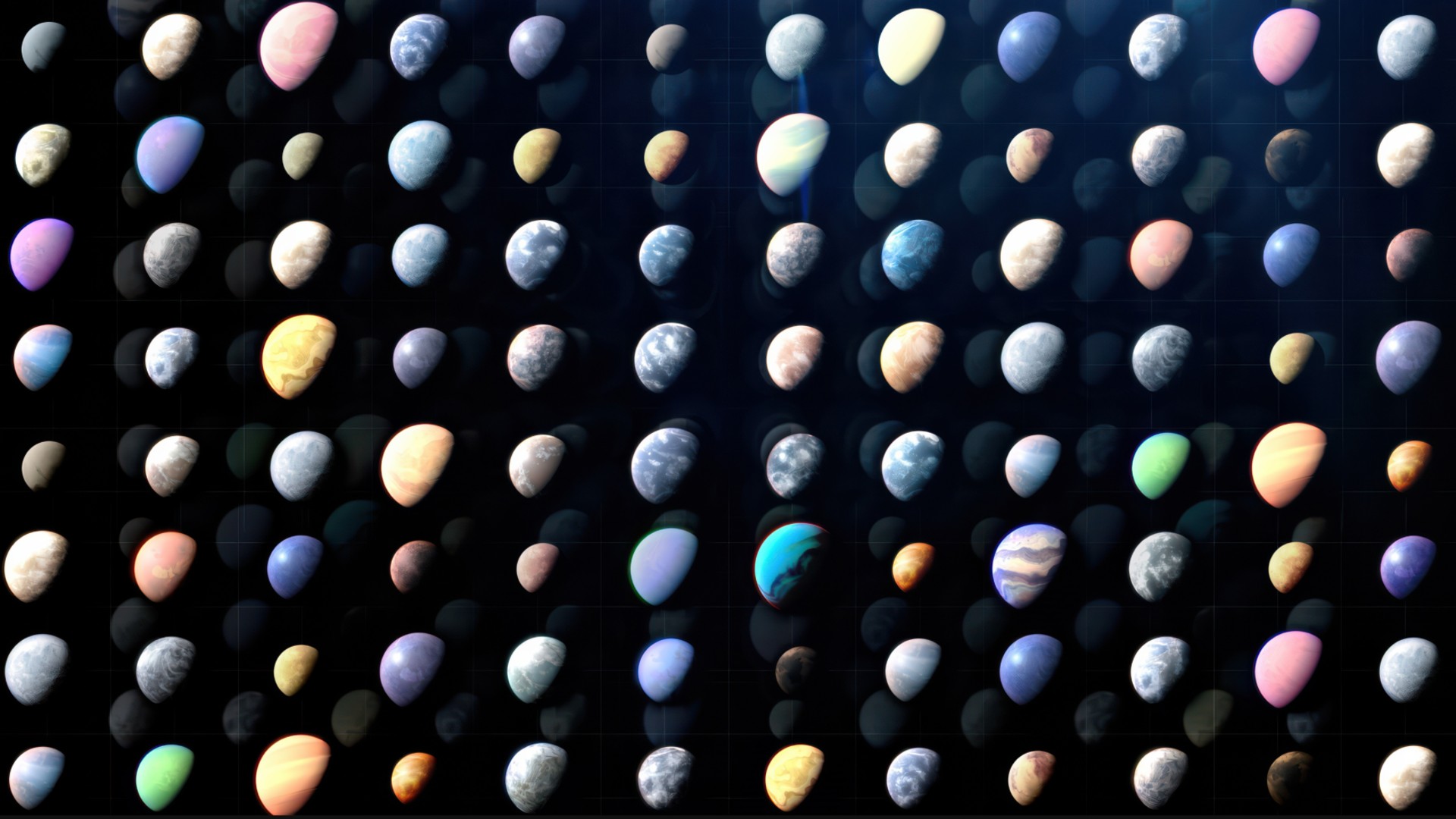See the Dramatic Increase in Near-Earth Asteroids NASA Has Discovered (Video)
Scientists have taken much better stock of our neck of the cosmic woods over the past two decades, as a new NASA video makes clear.
The animation maps out all known near-Earth asteroids (NEAs) — space rocks that get within about 30 million miles (50 million kilometers) of our planet's orbit — from 1999 through January 2018, in roughly 10-year time steps.
The differences are stark. In 1999, identified NEAs speckled the inner solar system thinly, in a light dusting. Many more were discovered by 2009, and Earth's neighborhood looks absolutely swamped in the present-day portion of the video. [In Pictures: Potentially Dangerous Asteroids]
But even that last frame doesn't impart just how crowded near-Earth space actually is. Astronomers have detected just 18,000 near-Earth objects (NEOs, a classification that also includes comets) to date, out of a population thought to number in the millions.
There's good news, though: NASA scientists have found and tracked about 95 percent of the potential civilization-enders out there — rocks at least 0.6 miles (1 km) wide — and none of them pose a threat to Earth for the foreseeable future.
The space agency's NEO Observations Program is also working to discover and track 90 percent of the NEOs that are at least 450 feet (140 meters) wide by 2020 — a very ambitious goal laid out by Congress in 2005. It would take something of a miracle for NASA to do this on the prescribed timetable, however; scientists estimate that just one-third of the 450-footers out there have been spotted to date.
The NEO Observations Program, which was created in 1998, is responsible for about 90 percent of all 18,000-odd NEO discoveries, NASA officials said.
Breaking space news, the latest updates on rocket launches, skywatching events and more!
The research and data-analysis hub of the program is the Center for Near-Earth Object Studies (CNEOS), which is located at NASA's Jet Propulsion Laboratory in Pasadena, California. (CNEOS was originally known as the Near-Earth Object Program Office; the name was changed in 2016.)
"We compute high-precision orbits for all asteroids and comets and map their positions in the solar system, both forward in time to detect potential impacts, and backward to see where they've been in the sky," CNEOS Director Paul Chodas said in a statement Monday (July 23). "We provide the best map of orbits for all known small bodies in the solar system."
The newly released video also maps all of the known asteroids in the main belt between Mars and Jupiter, and it's a sight to behold. The belt is home to the vast majority of all known space rocks, the current tally of which tops 780,000, according to NASA researchers.
Follow Mike Wall on Twitter @michaeldwall and Google+. Follow us @Spacedotcom, Facebook or Google+. Originally published on Space.com.

Michael Wall is a Senior Space Writer with Space.com and joined the team in 2010. He primarily covers exoplanets, spaceflight and military space, but has been known to dabble in the space art beat. His book about the search for alien life, "Out There," was published on Nov. 13, 2018. Before becoming a science writer, Michael worked as a herpetologist and wildlife biologist. He has a Ph.D. in evolutionary biology from the University of Sydney, Australia, a bachelor's degree from the University of Arizona, and a graduate certificate in science writing from the University of California, Santa Cruz. To find out what his latest project is, you can follow Michael on Twitter.
